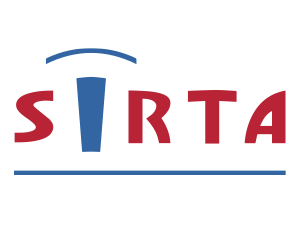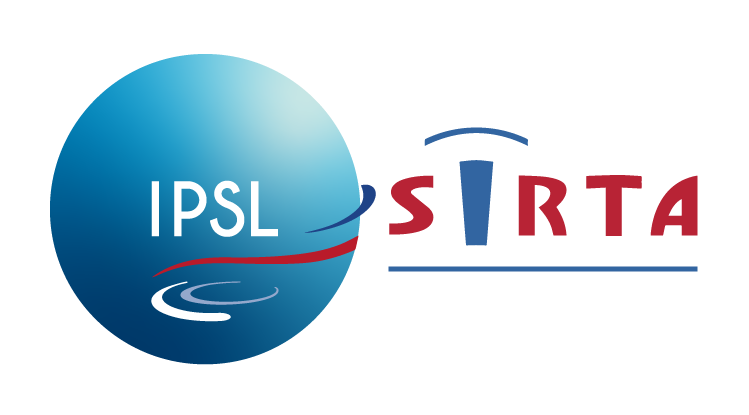The SIRTA Atmospheric Research Observatory is welcoming each year international and national users to its world class ground based observational platforms and calibration centers.
SIRTA offers access for users to organize field campaigns, instrument tests, data analysis and training of young scientists in an indoor-outdoor facility that includes 150 instruments and has a large hosting capacity.
SIRTA works in synergy with international networks to propose optimal conditions for an effective framework of access, integrating experiences from past access programs and ensuring long-term sustainability of access through the ATMO-ACCESS project.
WHAT?
The SIRTA allows and account for 3 different types of Access that have their own access form:
For each type of access, the SIRTA will provide scientific, technical and administrative support:
- Scientific assistance will be provided to help users optimize their projects (research, campaign, training, tests, courses) considering local opportunities and constraints
- Technical assistance will be provided to users and their group for planning and deployment of equipment (connections, remote access, storage, safety) and for access to routine SIRTA data.
- Administrative support is also provided by the team
WHO?
Access to SIRTA is open to researchers, professors and teachers, academics, students, regional monitoring networks, representatives of national scientific institutions and agencies, private sector and others.
WHERE?
Access to the SIRTA observatory infrastructure will take place at Ecole Polytechnique in Palaiseau, France and/or at LSCE, Gif sur Yvette, France. (link to contact page) Users will have access to the different SIRTA installations including observing platforms and calibration centers (CCRES, ACMCC) to deploy their instruments, to the necessary electrical power to operate them, and to a data network for internet access. Users can either deploy equipment in their own containers or request to be hosted in a SIRTA laboratory or office space (depending on space availability).
WHEN?
Access can be requested all year, for 1-3 months field campaigns, short-term 1-3 weeks (e.g instrument test, summer school, …), 1-day or half day access (e.g. experimental training, courses), or – in exceptional cases – longer-term monitoring.
Interesting scientific achievements have already been obtained by users. Physical and chemical processes measured from the observatory combined with modelling have helped to better understand and forecast the fog life cycle and the extreme air pollution events in Paris in several studies.
Type of access
|
Average number of users per year: 1000 users
|


